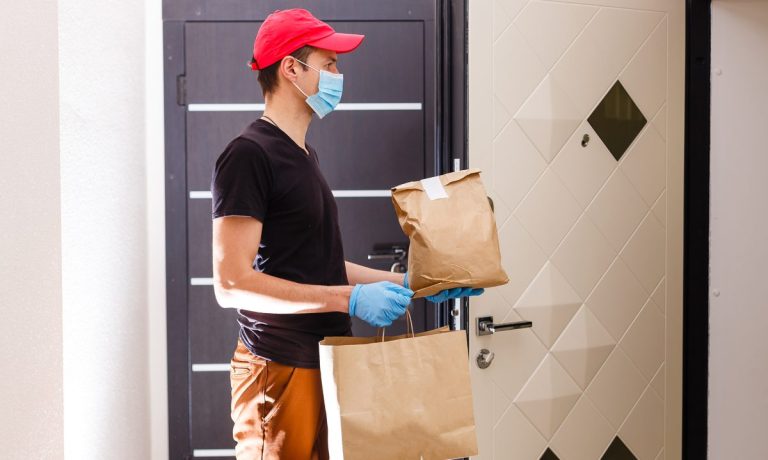Digital Ordering Boom Gives Restaurants a Bigger Slice of Thanksgiving Spending

Thanksgiving is famously a holiday for home cooking, but this year, restaurants will be seeing a bigger piece of the consumer pie as the food industry shifts toward speed and convenience — often to the detriment of grocery stores.
One advantage that restaurants have now that they did not in, say, 2019, is that they can leverage the digital ordering boom to meet consumers’ more easily, making delivery or takeout an increasingly convenient option for those who want to celebrate the holiday at home with their friends and family.
Research from PYMNTS’ How We Eat Playbook, created in collaboration with Carat from Fiserv, found that consumers now are 31% more likely to buy meals to eat at home than they are to dine at restaurants. It also found that nearly half of consumers are now ordering online for pickup more often than they were prior to the start of the pandemic, and 43% said the same of delivery.
See also: Restaurants and Grocers See Path to Picking up 200M New Customers
Additionally, a survey conducted by Grubhub and Harris Poll found an overall shift toward ordering from restaurants for holiday meals, with younger consumers more likely to do so. Specifically, while only 50% of baby boomers reported that they would consider ordering takeout for a holiday meal, that figure jumped up to 63% for consumers ages 18 to 34 and 65% for those ages 35 to 44.
“This year in particular, with all of our dining rooms open at full capacity in addition to the off-premise, we’re really anticipating a banner Thanksgiving Day,” Anita Adams, CEO of Black Bear Diner, a full-service comfort food chain with 144 locations in 14 states, told PYMNTS in an interview. “So, a lot of effort and energy going towards, how do we balance those two very distinct revenue channels?”
She noted that the restaurant offers both the traditional turkey dinner and alternative options for consumers who prefer other proteins, adding that the brand “very much want[s] to please all the guests that come in.”
Other restaurants and prepared food providers have taken a different tack, turning their focus to providing all the fixings, knowing that consumers typically like to prepare the turkey (or alternative centerpieces of the meal) on their own. By letting customers preorder sides, companies were able to turn anxiety about ingredient shortages into an opportunity to drive sales. FMI’s October survey of grocery shopping trends found that 26% of U.S. consumers were concerned that stores may sell out of their favorite holiday foods.
Jeremiah Zinn, chief technology officer of Nestlé-owned meal delivery service Freshly, told PYMNTS that the brand has already seen huge uptake of its holiday offerings, selling multi-serving side dishes in advance.
“This is an example of a product where people are locking in much, much earlier because they want to maybe focus their effort on the protein — I’m going to create a moment to cook a beautiful turkey,” he said. “And then [with] the sides, they want consistency, and they want to be able to be sure that they can lock something in that will get to them at the right time in the holidays.”
Taking a similar tack, Baskin Robbins announced a turkey-shaped cake at the start of November, aiming to meet consumers’ dessert needs, and White Castle has been circulating stuffing recipes featuring its sliders. Meanwhile, 7-Eleven’s prepared foods business has been leveraging the holiday not to drive sales for Thanksgiving dinner itself, but throughout the season with its thematic Thanksgiving Turkey Sub.
Looking ahead, research from the How We Eat Playbook also found that 82% of consumers plan to maintain some or all their digitally shifted restaurant ordering behavior into the future. As such, grocers that want to maintain their holiday sales lifts will have to work harder to stave off restaurant competitors, given that the Thanksgiving rush can no longer be taken for granted.